13 Gaming Trends From the 90s We Wish Would Return
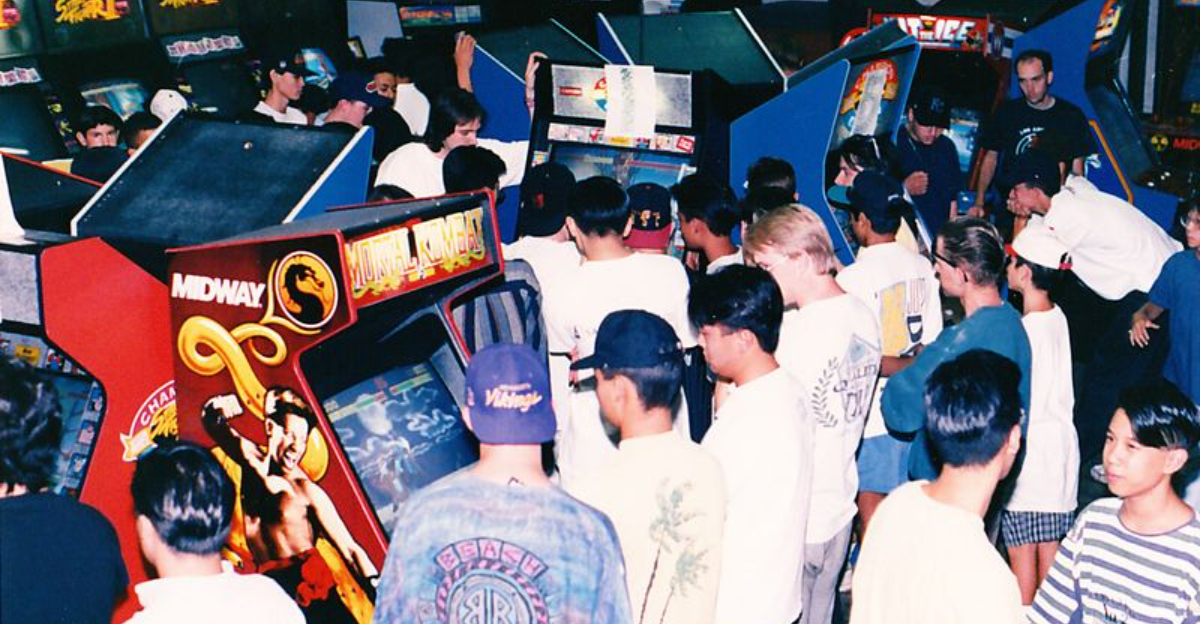
The 1990s were a golden era for gamers, filled with iconic trends and innovations that shaped how we play today. From legendary cheat codes to unforgettable pixel art, these elements created a unique gaming culture that still sparks nostalgia among players.
Looking back, there are certain trends that captured the magic of gaming’s early days, and many of us wish they could make a return.
1. Split-Screen Multiplayer

Split-screen multiplayer gaming was a staple of the ’90s, creating countless memorable moments. Friends gathered around a single screen, each taking a section to showcase their skills. This social experience forged strong bonds, where laughter and friendly rivalry reigned supreme.
While online multiplayer has its perks, nothing beats the camaraderie of sharing the same room with your opponents. The trend faded as gaming shifted online, but the joy of physically being present with friends is irreplaceable.
Perhaps the return of local multiplayer could bridge the gap between past and present, reigniting friendships through shared gaming experiences.
2. Cheat Codes

Cheat codes were the unsung heroes of ’90s gaming, offering a delightful twist to traditional gameplay. Hidden sequences unlocked unlimited lives, invincibility, and secret levels. Players felt a mix of pride and mischief in discovering these shortcuts, adding layers of excitement.
Though modern games focus on achievements, the charm of cheat codes was in the mystery and discovery. They encouraged exploration and creativity, turning players into sleuths.
Reviving cheat codes could bring back a sense of wonder and experimentation, inviting players to uncover secrets in a world often fixated on realism.
3. Pixel Art Graphics
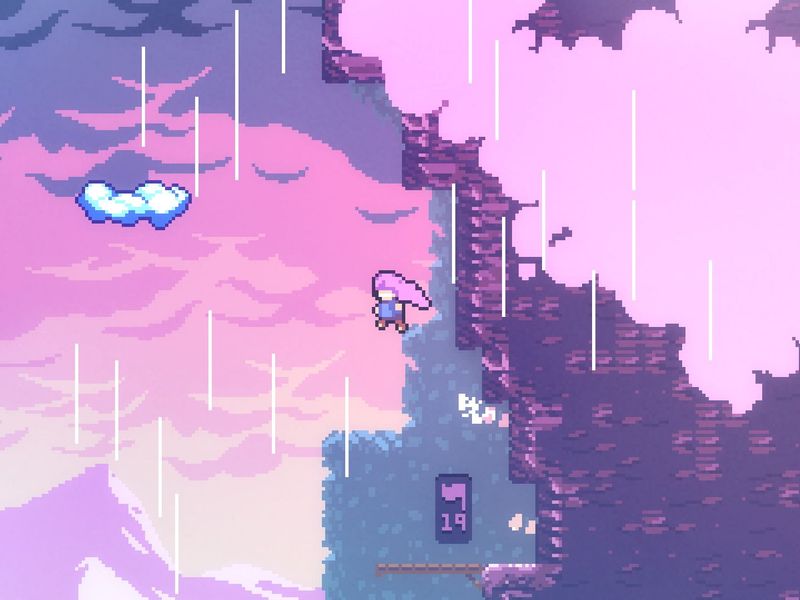
With their vibrant and charming visuals, pixel art graphics were synonymous with ’90s gaming. Every pixel had a purpose, creating imaginative worlds that captured our hearts. The limitations of technology became a canvas for creativity, where developers crafted detailed stories with simplicity.
The allure of pixel art lies in its timelessness, a style that evokes nostalgia while maintaining relevance. As gaming graphics evolve, the charm of pixel art remains unmatched.
A resurgence of pixel art could definitely bring a refreshing break from hyper-realistic visuals, offering a unique aesthetic that celebrates gaming’s artistic roots.
4. LAN Parties

LAN parties were the epitome of social gaming in the ’90s, where friends lugged their PCs to one location for epic gaming marathons. The setup was chaotic but thrilling, with cables everywhere and snacks aplenty.
This trend brought players together physically, fostering competition and collaboration in equal measure. As the internet took over, the tradition faded, leaving behind unforgettable memories.
Reintroducing LAN parties could revive the communal spirit of gaming, encouraging players to engage in face-to-face interactions and strengthen friendships in an increasingly digital world.
5. Point-and-Click Adventures

Point-and-click adventures captivated players with their compelling narratives and intricate puzzles. These games emphasized story over action, challenging players to think critically and explore every nook and cranny.
The ’90s offered a treasure trove of these adventures, each with quirky characters and humorous dialogues. However, the rise of action-packed titles led to their decline.
Today, these adventures could enrich the gaming landscape, providing a space for storytelling and creativity to flourish, much like the interactive novels of yesteryears.
6. Game Manuals
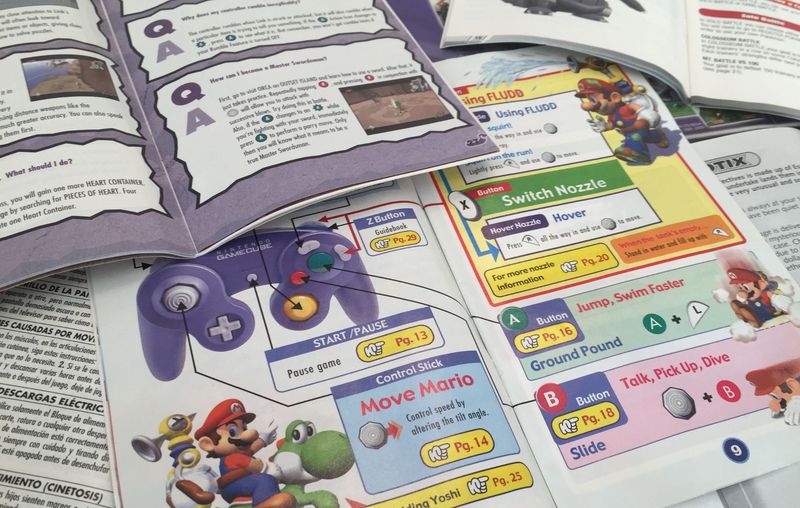
Game manuals were more than just instructions; they were part of the gaming experience. Filled with artwork, backstories, and tips, these booklets offered a tactile connection to the game world.
In the ’90s, flipping through a manual was a ritual, enhancing anticipation before even turning on the console. As digital downloads surged, the tradition waned.
Bringing back detailed game manuals could reconnect players with the physical aspect of gaming, offering a sense of ownership and a deeper connection to the game’s universe.
7. Games with Hidden Easter Eggs

Hidden Easter eggs in games provided delightful surprises for the inquisitive player. These secret nods and winks rewarded exploration and curiosity, often packed with humor and pop culture references.
The ’90s were rife with these playful secrets, turning games into treasure hunts. As games grew in complexity, Easter eggs became rarer.
Reintroducing Easter eggs could encourage players to explore worlds more deeply, rewarding them with the joy of discovery and unexpected fun.
8. 2D Side-Scrolling Platformers
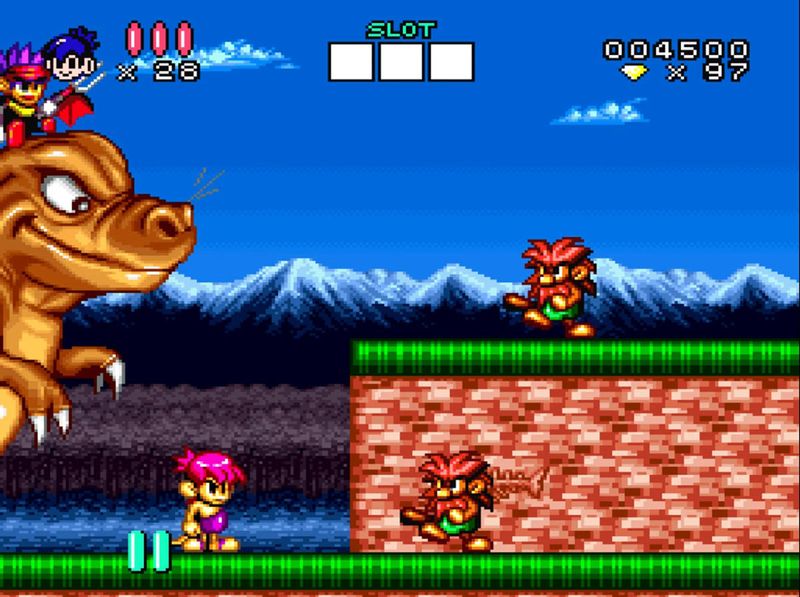
2D side-scrolling platformers were a cornerstone of ’90s gaming, filled with colorful worlds and whimsical characters. These games challenged players with precision and timing, delivering endless entertainment.
Despite advances in graphics, the simplicity and fun of side-scrollers hold timeless appeal. They offer a straightforward yet engaging experience, often layered with hidden challenges.
Reviving side-scrollers could bring back the essence of gameplay-focused entertainment, allowing players to relive the joy of mastering platforming skills.
9. FMV Cutscenes
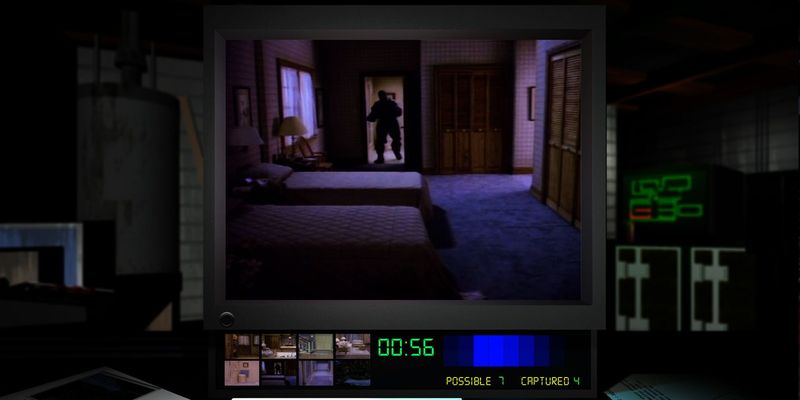
Full Motion Video (FMV) cutscenes added a cinematic flair to 90s video games. These scenes featured real actors and set pieces, bridging the gap between movies and interactive entertainment. FMV cutscenes were often dramatic and over-the-top but captivated players with their storytelling.
Despite their sometimes cheesy acting, FMVs were a bold step in narrative delivery. They provided context and emotional depth, enriching the player’s experience.
Reviving FMV cutscenes could offer a nostalgic touch to modern games, blending nostalgia with technological advancements.
10. Console Wars

The ’90s console wars fueled passionate debates among gamers, as Sega and Nintendo launched competing systems. This rivalry spurred innovation, loyalty, and spirited discussions among friends.
The battle for supremacy led to groundbreaking games and increased excitement for each new release. Today, the landscape is more unified, with consoles offering similar experiences.
Nowadays, the spirit of console wars could reignite innovation and competition, driving the industry to create even more diverse and unique gaming experiences.
11. Local Arcade Hangouts
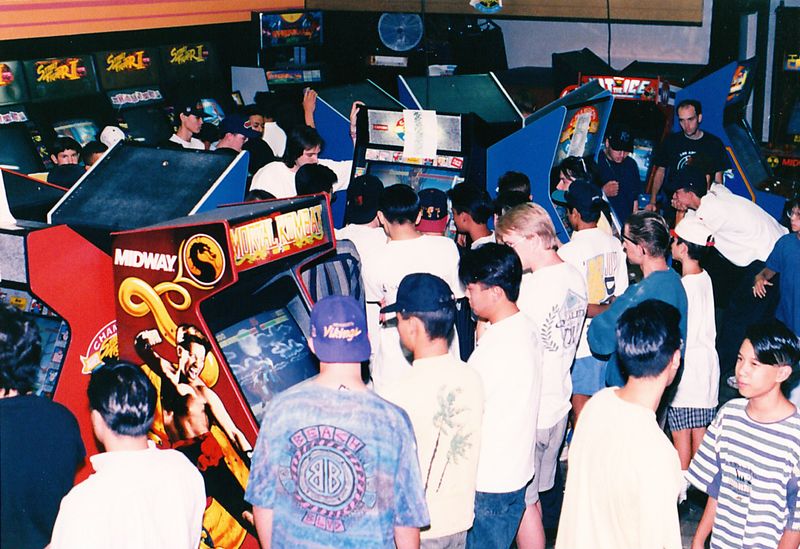
Local arcades were vibrant social hubs in the ’90s, where kids flocked to play the latest games. The atmosphere was electric, filled with the sounds of clinking tokens and excited chatter.
These establishments offered a sense of community and a place to showcase gaming prowess. As home consoles rose in popularity, arcades dwindled.
A revival of local arcades could bring back this social aspect of gaming, offering a venue for players to connect, compete, and enjoy the thrill of arcade gaming together.
12. Retro Soundtracks
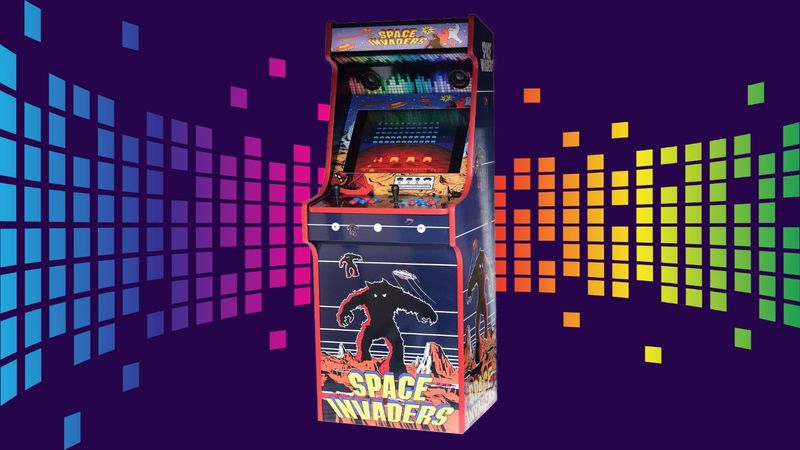
With their catchy chiptunes and synthesized melodies, retro soundtracks were hallmarks of ’90s gaming. These tunes set the rhythm for countless adventures, becoming ingrained in players’ memories.
The simplicity of these compositions allowed them to resonate long after the power button was pressed. Modern games focus on orchestral scores, which, while grand, lack the nostalgic charm.
Bringing back retro soundtracks could infuse games with an endearing musical touch, connecting past and present through the universal language of music.
13. Character Customization
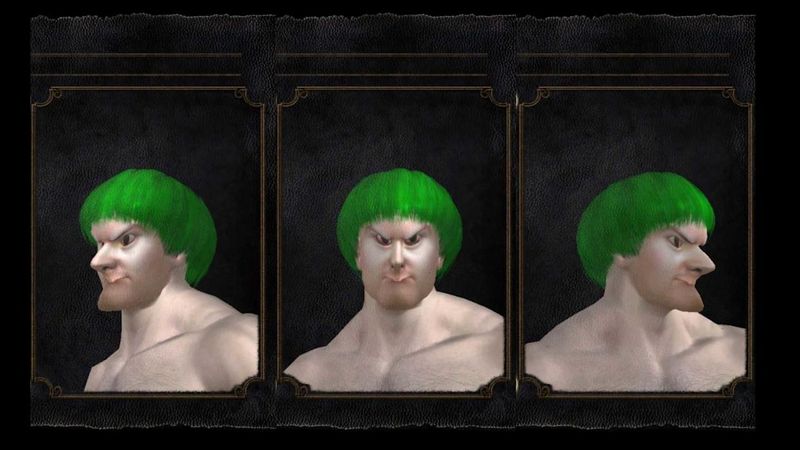
Finally, character customization in the ’90s allowed players to express themselves, creating avatars that reflected their personalities. Though limited by technology, the feature sparked creativity and personal connection.
Players took pride in designing unique characters, often spending hours perfecting every detail. Today’s games offer expansive options, but the joy of simple customization remains.
Reviving a more straightforward approach could empower players to focus on creativity and engagement, rather than overwhelming them with choices.
